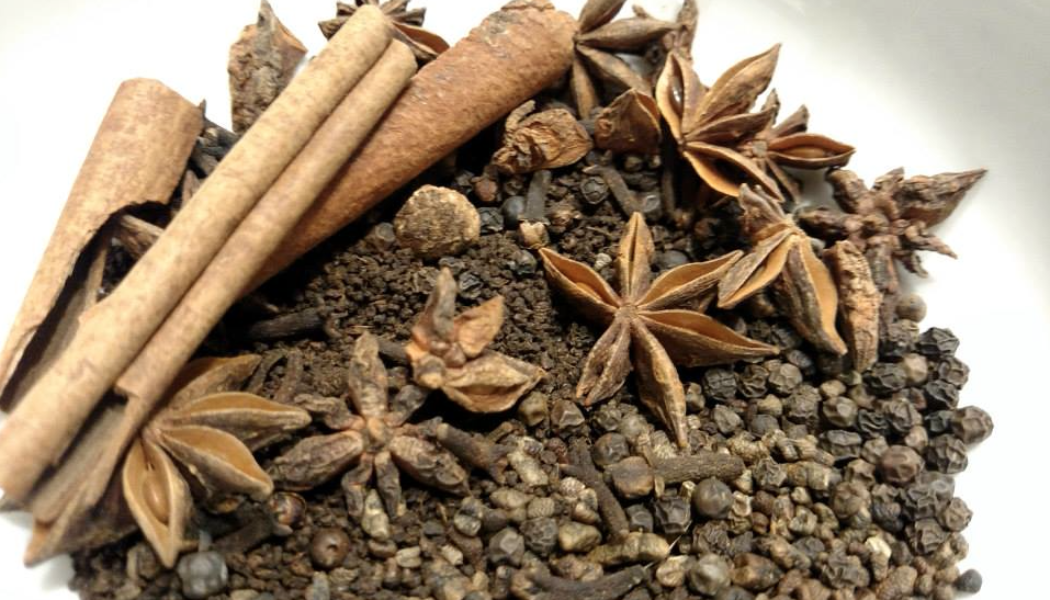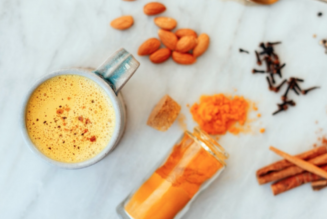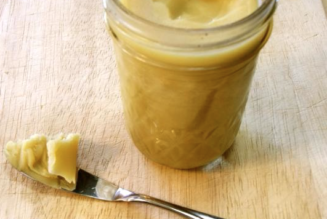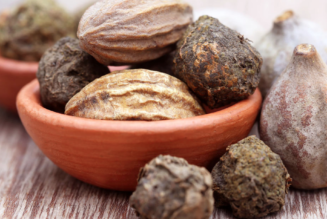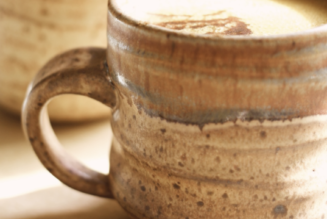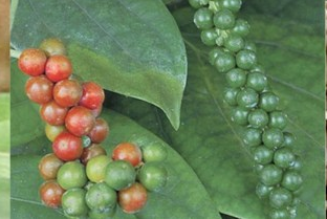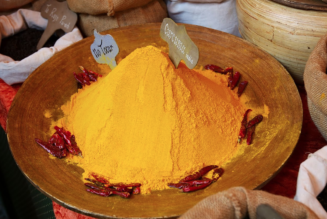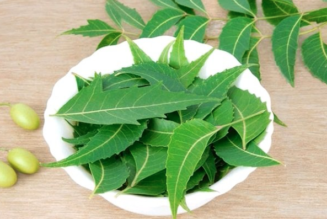Herbs & Spices ~ An Ayurvedic Perspective
Plants, whether the whole plant, the bark, the root, the flower or leaf, or even an extract of a plant – are a type of medicine that is used to promote health, as well as prevent and treat illness. Part of the beauty and magic of plants is that they are easily accessible and have been used by people from around the world as an important healing modality. Much of the world’s population still relies today on the use of plants as medicine. To answer the question “What is Herbal Medicine?” you should know that it is, in and of itself, a way to stimulate and restore the body’s natural healing capacity through the use of plants. Acute symptoms can be resolved effectively using herbs and spices. The typical goal is not to alleviate a specific symptom, but to stimulate the body’s natural healing capacity to address the root or underlying cause of the health issue.
Restore And Maintain Important Bodily Functions With Herbs And Spices
Herbs and spices may be used to restore and maintain three important bodily functions: digestion and assimilation, sleep, and elimination. When the body is performing these three functions with ease, it is better able to prevent disease and illness and to repair and heal any damage that has already occurred. Herbs are a unique preventive medicine in that they are used by people everyday when they spice and season their food. Culinary herbs (like ginger, basil, thyme, oregano) aid digestion and assimilation and tend to help your body navigate seasonal changes. Pumpkin pie is eaten at Thanksgiving, with ginger, nutmeg, and cinnamon – which are all warming and stimulating spices that help aid digestion and assimilation and are especially beneficial in the colder months approaching winter.
Medicinally, herbs can be used very creatively, as teas, alcohol extracts, syrups, topical liniments, or as food depending on the herb and how it is best extracted, the health condition, and the constitution of the individual. Ayurveda takes the use of herbs and spices to an even higher level. From the Ayurvedic perspective, we look to the herb’s properties to understand its healing effects amongst the three Doshas, Vata, Pitta and Kapha.
The properties we focus on are the following:
– Rasa means initial taste.
– Virya is the energy effect an herb has on the temperature of the body. Is it heating or cooling?
– Vipaka is the post-digestive effect of an herb. There are three Vipakas: sweet, sour and pungent.
I will use Ginger as an example. Its initial taste, or Rasa, is pungent. The energy, or Virya, of ginger is heating in nature. You know this as soon as you ingest it. You can feel it instantly heat up the body. Lastly, the post-digestive effect, or Vipaka, is sweet. By knowing these properties (qualities), we know it will alleviate Vata & Kapha and aggravate Pitta.
I routinely use different spices in my kitchen that I understand to aid in changing body temperature or aid in digestion and assimilation. In addition, I regularly make large amounts of herbal medicine for my apothecary whether it be teas, powder-filled capsules, churnas or tinctures made with alcohol, honey, and vinegar. These medicines are used to treat anything from the common cold to nausea to migraine headaches. The image above represents preparations done at my kitchen table. Nature provides. As a human being, all of the medicine we need is provided by nature all around the globe. We have medicine growing all around us.
Karla A. Cain
Ayurveda Health Counselor
www.sattvicsage.com
Disclaimer: For educational purpose only. Not medical advice.
